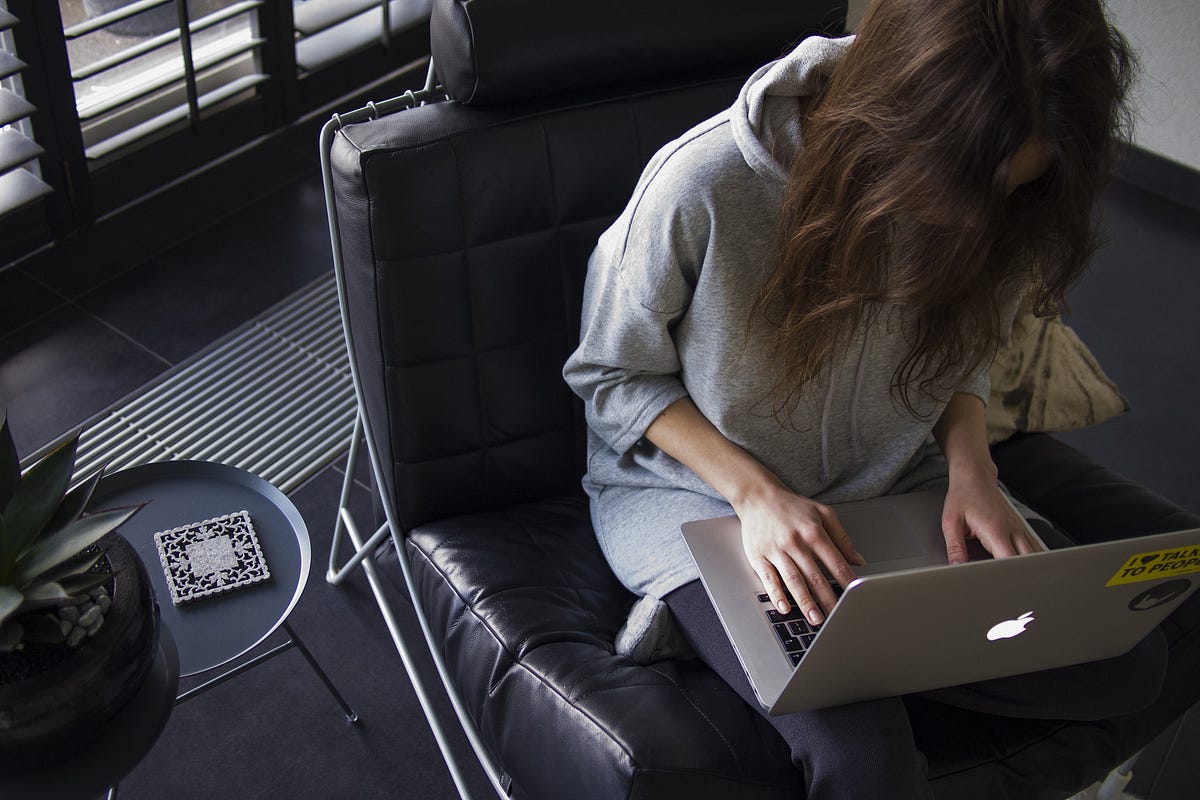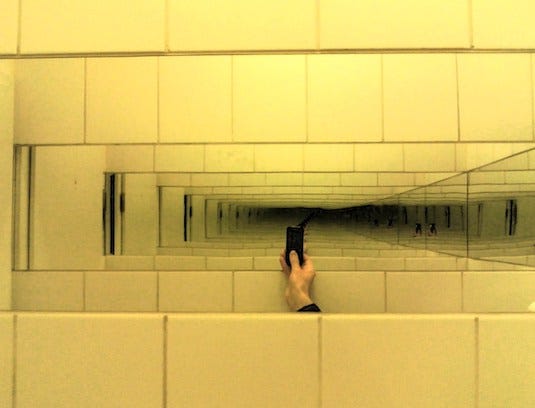Save the Ears, Save the Girl
Learning to manage my audiophobia
Photo by Jaee Kim and found on Unsplash
—
I remember following my mother into a large department store in the Winrock Shopping Mall in Albuquerque, New Mexico. As the doors opened, I winced before stepping inside. I shuddered and pulled at my mom’s hand. There was a high-pitched noise and it hurt my ears. I mean really hurt.
My mom didn’t know what was going on with me on that particular day, but after it kept happening, she figured out that the security alarm in the store gave off a noise that most people couldn’t hear, but I could.
—
I’ve always had sensitive ears. I like to blame it on the fact that I had a lot of ear infections when I was a baby and toddler, but maybe that is counterintuitive. As an adult, I had some ear issues and when an ENT looked deep into my ears they reported that I had a small scar on one of my eardrums. Likely due to all of those ear infections.
Then the doctor looked at my hearing test and commented that I have strange hearing. I hear very well at the very high end and at the very low end, beyond to so-called normal range, but my hearing in the mid-range is far less acute.
This personal auditory feature was endlessly annoying to the musician I once dated. I would pump up the bass and treble on my cheap aftermarket car stereo and drop the midrange. It sounded better to me. He was constantly fiddling with the equalizer to suit his ears dulled by years of standing in front of a guitar amp turned up to eleven. As soon as he exited my car I’d set it back.
—
So to put it blunt terms, I have weird ears. I always have. I figured I would lose hearing capacity as I aged, and I do think that has happened some, but I still have ears like bat. At my, ahem, advanced age I can still hear those so called “mosquito” tones aimed at shooing away teenagers.
This also means that I have to manage my ears, which has come to my mind lately due to working from home every day and spending four to eight hours a day using Zoom. I share a space with my partner, so I have been using a good pair of in-ear headphones for the many, many Zoom meetings I attend each day. Those in-ear devices fit right up in there. Piping the sounds of Zoom very efficiently and forcefully to my eardrums.
At the end of last week I hit an audiophobic wall. After participating in a lot of work meetings it felt like my head and nerves were jangled. I found it hard to concentrate. I found myself restless. I found it hard to understand and respond to simple questions asked by my partner.
My immediate reaction was to chalk it up to stress, anxiety, and fatigue. And that is not completely wrong, but there was something more going on. I realized that my ears, my tender little ears, were overstimulated. I had hosted my coworker’s voices all up in my head all week long and I couldn’t stand one more sound agitating the cilia. Not one more.
Going outside and sitting in the sun for a little while helped. My neighborhood was gracious in its momentary silence, providing a sliver of peace. I could hear the birds in the trees. I could hear the unmistakable “toot toot” of a BART train in the distance. And I could hear no human voices. It was nice. More than nice, it helped me regain some sanity.
—
I realize that Zoom meetings aren’t going away any time soon, and my ears aren’t changing anytime soon either. Better managing these adorable little audio problems on the sides of my head is going to be key.
A new set of over ear and noise cancelling headphones has arrived. Switching the types and timing of using each kind of headphone is being considered. Finding time to rest my ears at the end of the day is also being planned.
—
Next, I need to figure out these hips joints that are tired and cranky from sitting in a not terrible chair in front of a Zoom screen all day long.
I love working from home, but it is not without some costs. Zoom fatigue is real.
—
This item can also be found on Medium, and you can see more of my work @karenfayeth over there













